FM112 | Flow Channel and Flume

- Floor standing unit
- Basic principles of open-channel flow
- Experimental flume with experimental section, inlet and outlet element, and closed water circuit
- Smoothly adjustable inclination of the experimental section
- Side walls of the experimental section are made of tempered glass for excellent observation of the experiments
- All surfaces in contact with water are made of corrosion-resistant materials: stainless steel, glass reinforced plastic etc.
- Flow-optimized inlet element for low-turbulence entry into the experimental
- Closed water circuit with water tanks, pump
- L x W x H: (6 x 0.7 x 1.5) m
Description
Technical Specification
Media
Experimental flumes serve as valuable tools for both teaching and research, enabling the study and demonstration of essential open-channel flow phenomena on a laboratory scale. They offer insights into various aspects, including flow regulation through control structures and diverse flow measurement techniques.
It boasts a closed water circuit and an experimental section. This section's side walls are constructed from tempered glass, ensuring excellent visibility during experiments. To maintain durability, all components in contact with water are corrosion-resistant.
The inlet design minimizes turbulence when introducing flow into the experimental section. The flume's inclination is also adjustable, enabling the simulation of slopes and the creation of uniform flow at a consistent depth.
A range of experiment-enhancing accessories, also available. These accessories can be easily and securely attached to the experimental section's base, allowing for a comprehensive set of experiments. The experimental flume is equipped with a comprehensive range of functions for measurement, control.
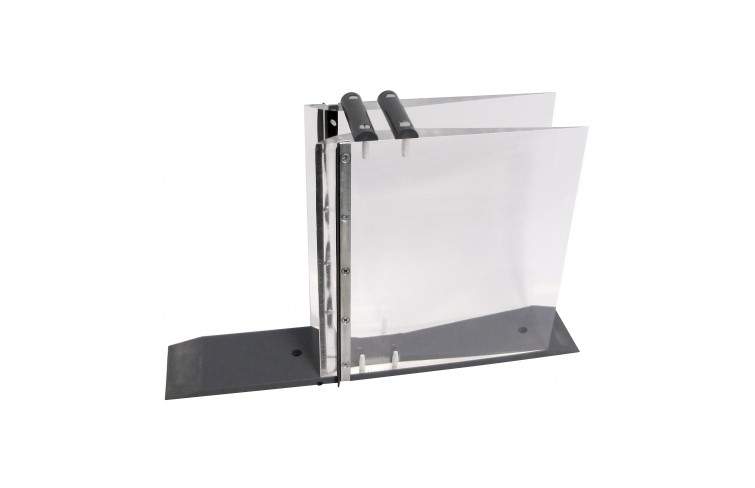
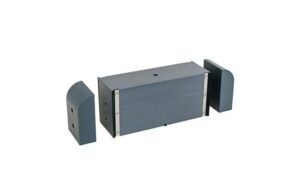
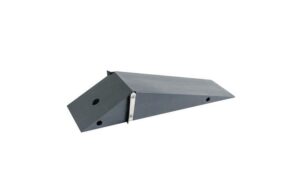
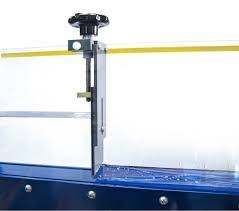
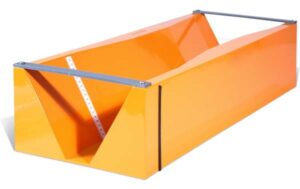
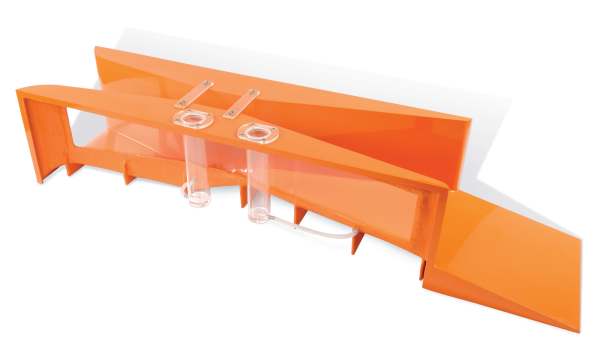
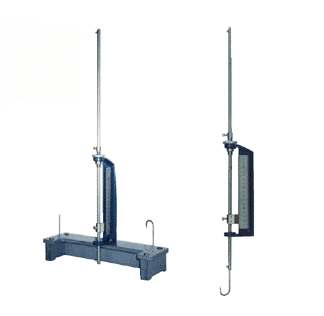
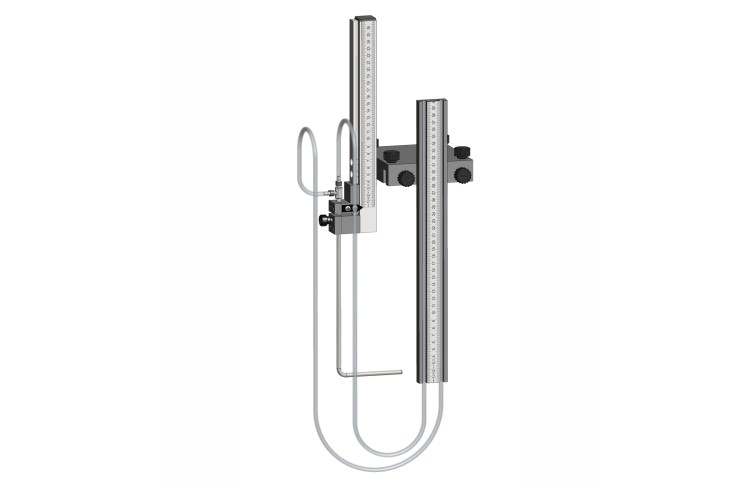
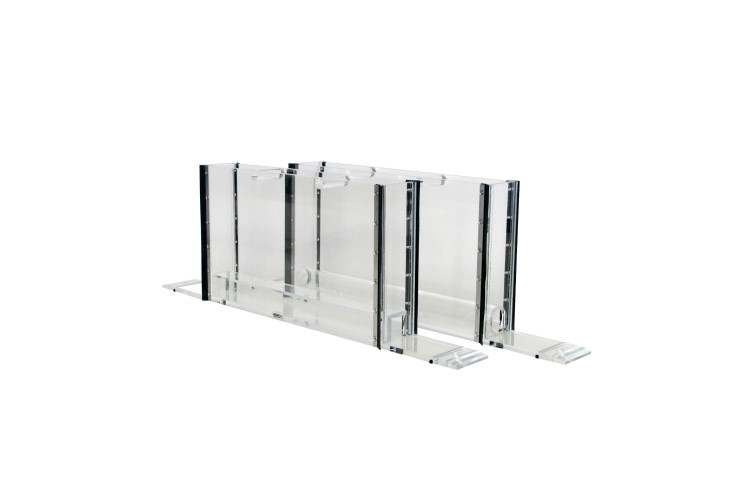

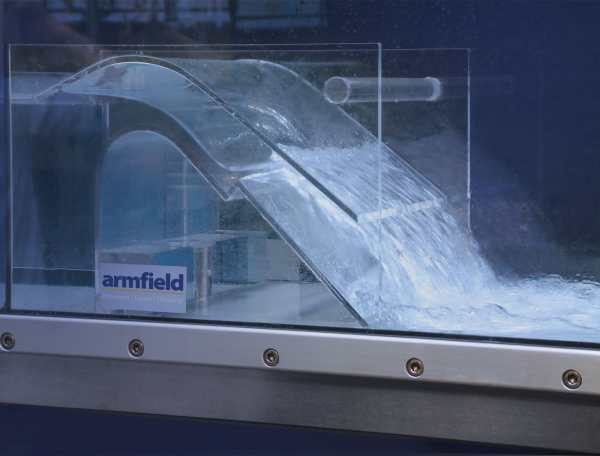
Standards
- Machinery Directive 2006/42/EC
Accessories
The apparatus comes with a selection of compatible accessories, including:Venturi Flume
- Venturi flume
- narrowest cross-section, WxH: 42x240mm
- Side element
- material: PMMA
- LxWxH: 450x74x220mm
- Weight: approx. 1.8kg

Sharp and Broad Crested Weirs
- Weir body
- material: PVC
- LxWxH: 260x74x120mm (weir body)
- LxWxH: 40x74x120mm (element for rounded edges)
- Weight: approx. 5kg

Crump Weir
- Weir body
- made of PVC
- inclination (upstream): 1:2
- inclination (downstream): 1:5
- LxWxH: 420x74x60mm
- Weight: approx. 2kg

Adjustable Undershot Weir
- Weir body
- made of PVC
- Inclination: 62mm
- LxWxH: 60x74x250mm

WSC Flume
- Trapezoidal flume conforms more closely to natural channel sections and passes sediment even more freely than the Parshall Flume.
- Investigate the flow of fluid through a WSC flume and compare the experimental measurements with standard reference graphs
- Investigate the effect of submergence on the accuracy of measurements using a WSC Flume when the flume becomes drowned

Partial Flume
- One of the most widely used methods of measuring the flow of water in open channels.
- Investigate the flow of fluid through a Parshall flume and compare the experimental measurements with standard reference graphs

Two Vernier level gauges (Hook and point gauges)
- Ranges:
- 150mm
- Resolution: ±0.10mm
- Typical accuracy: ±0.20mm

Pitot tube and manometer
- Scale (vertical position)
- 0…240mm
- graduation: 1mm
- Measuring ranges
- pressure: 2x 0…350mm WS

Culvert fitting with one square edge and one rounded edge
- Weir body
- made of PVC
- Culvert cross-sections
- circular, inner diameter: 44mm
- rectangular, WxH: 39x39mm

Flow splitters with a central wall and various nose pieces
- Thomson weir
- triangular weir opening
- Rehbock weir
- rectangular weir opening
- Cipoletti weir
- trapezoidal weir opening
- LxWxH: 150x76x210mm (holder)
- LxWxH: 150x76x270mm (rectangular weir)
- Total weight: approx. 2kg

Free overflow spillway section complete with ski jump, sloping apron, and blended reverse curvature attachments

- L x W x H: 5m x 76mm x 250mm
- Inclination adjustment: -1 to +3%
- Walls: Toughened glass (CE Marked) over full length and depth
- Side wall stability: < 1.0 mm (typically) at 250mm water depth
- Bed stability: <1.0 mm (typically) at 250mm water depth
Pump
- power consumption: 1 hp
- flow rate: 10m3/h
- head: 20m
Materials
- Stainless steel features: Grade 304
- EN 10088-2- Stainless steel for general purposes.
- Toughened glass Sealant
Any questions? We are happy to help...
+49 40 670 854 - 0
sales@gunt.de
Newsletter
About Us
EduTech Lahore excels in designing and supplying cutting-edge equipment for Engineering Education in Mechanical, Polymer Chemical, Civil and Control Engineering. Focused on meeting the demand for quality education, we offer cost-effective solutions for the latest teaching equipment.
Contact Info
Head Office (Asia)
EduTech
Lahore
Regional Partner Office (UK)
Sales Partner (Middle East) GCC International FZC
Leave a Message
WhatsApp us
